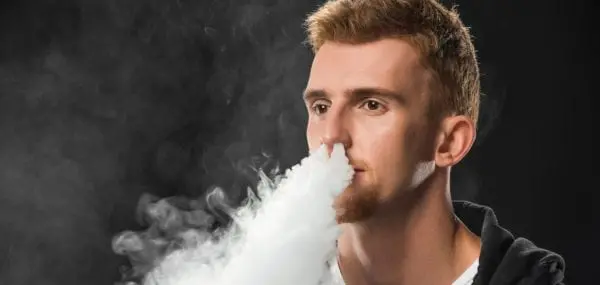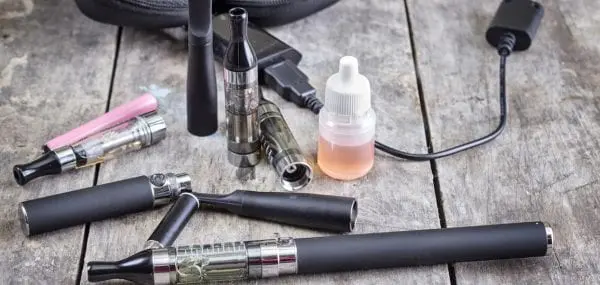Published originally on September 6th 2019. Updated on November 11th 2019.
In the last month, the CDC and researchers have been able to dive in to the cause of the vaping related illnesses. Despite the fact that federal regulations have yet to be established, retailers and Juul, the manufacturer, are taking measures to combat the dangers of vaping.
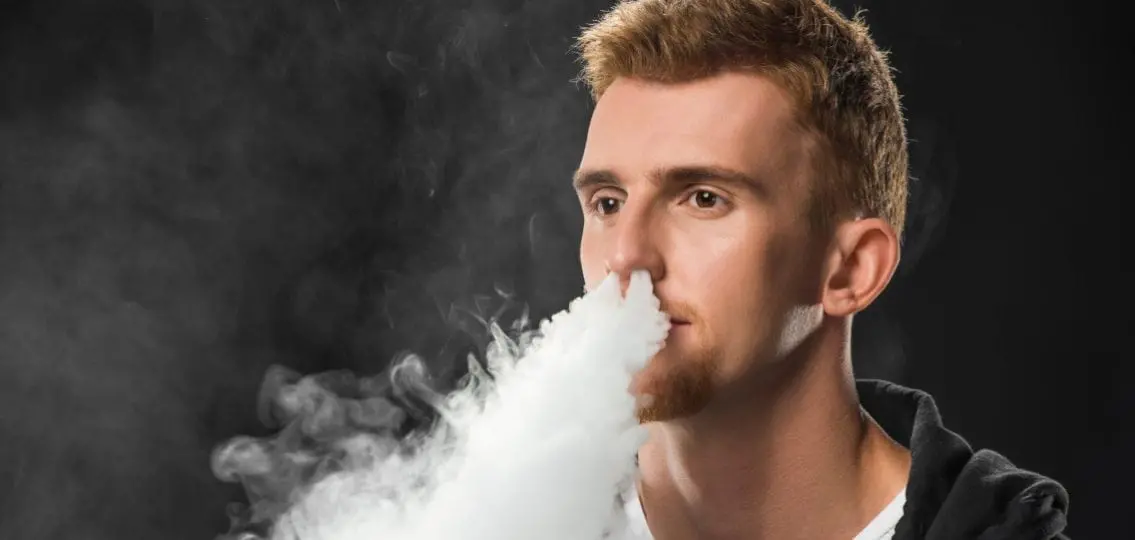
What We Know Now
As of November 7th, the CDC reported 2,051 confirmed and probable cases of vaping related illnesses. The latest findings from the CDC link vitamin E acetate and THC to the illnesses.
Despite the fact that manufacturers allege that juuling is safe and helpful for those who are trying to quit smoking, the fact remains that juuling leads to nicotine addiction that will have dangerous long term consequences. When we consider the number of teens who have been drawn into vaping, we are basically dealing with a new generation of smokers.
Of course, it follows that users should avoid THC, but the CDC’s warning extends beyond this substance. Lena H. Sun of The Washington Post, reported that the CDC still advises “refraining from using all vaping and e-cigarette products, including those containing nicotine.”
The Good News in a Bad Situation
Retailers are not waiting for federal regulations to pull e-cigarettes from the shelves. Kroger and Walgreens recently discontinued selling them. A year ago, Juul restricted the sale of many of its flavored cartridges due to pressure from the FDA. Last month, however, Juul took things a step further and suspended all sales of mango, creme, fruit, and cucumber cartridges in the United States. And most recently, Juul chose to stop selling mint-flavored cartridges. According to a study by the American Medical Association, with the other flavors unavailable, mint became the flavor of choice for more than half the teens who juul.
Meanwhile, parents and teens still struggle with the damage that has been done. It’s more important than ever to talk with your teens and if they are juuling, to help them stop.
Updated on October 1st 2019.
When this article was first published, we had just begun to hear reports about illnesses that were linked to vaping.
Frightening Public Health Crisis
Unfortunately, the numbers continue to reveal just how dangerous vaping is. Reports of vaping related illnesses and deaths increase on a daily – almost hourly – basis. The latest information is alarming.
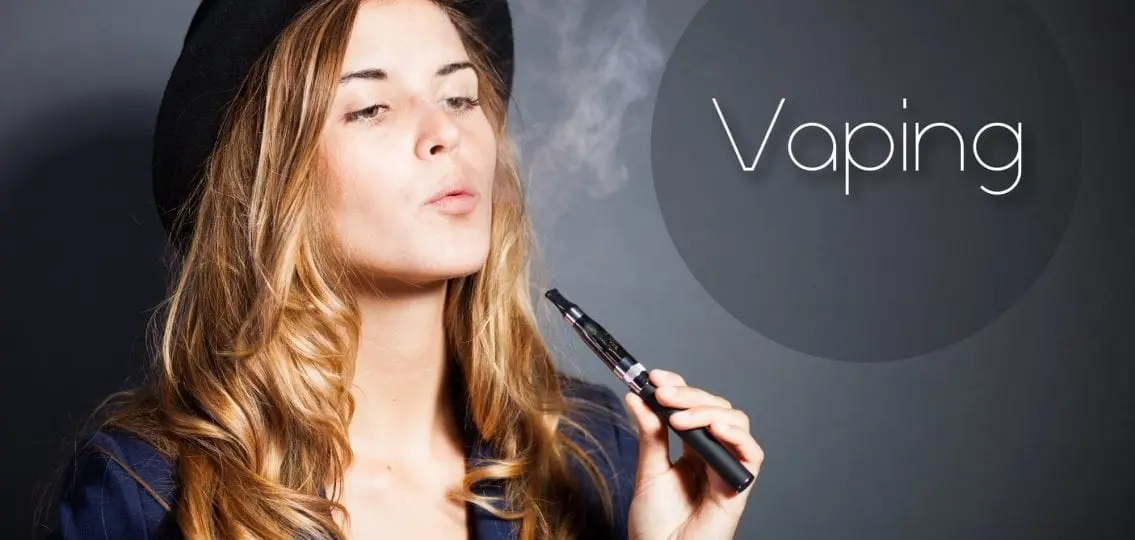
- The CDC reports 805 cases of lung injury resulting from e-cigarette product use or vaping
- Illnesses have been reported in 46 states and the U.S. Virgin Islands
- The current death toll is 15
The symptoms in all cases resemble pneumonia, and patients ultimately need help breathing. They often end up being admitted to intensive care units in hospitals.
What’s Being Done?
There has been much discussion about a federal ban on the sale of e-cigarette products. In a statement, Alex Azar, secretary of Health and Human Services announced the Trump administration’s intentions to “clear the market of flavored e-cigarettes.” Specific rules and regulations have yet to be established.
Meanwhile, many cities and states have taken matters in their own hands and enacted temporary bans in order to limit access to what are now seen as dangerous products. San Francisco was the first city to ban e-cigarettes in June. In the past few weeks, the governors in Michigan, New York, Massachusetts, and Rhode Island have enacted legislation that puts bans into effect.
Massachusetts is the only state that has banned ALL vaping products; the other states have focused on the flavored e-cigarettes, citing that these are the preferred choices for youth. The governor of California has issued an executive order that focuses on diminishing the vaping epidemic.
At the same time, the pressure is on the companies who are manufacturing these products. Many believe that Juul of targeting teens in their ads, contributing to the rise in use. Juul Labs has recently agreed to stop advertising its flavored e-cigarette products, which appeal most to teens, and the CEO has stepped down.
The Food and Drug Administration continues to hash out its policy on vaping products and flavored e-cigarettes in the coming weeks.
Stronger regulations will make a difference, but parents still need to know what’s what and talk to their kids. It truly is a matter of life and death.
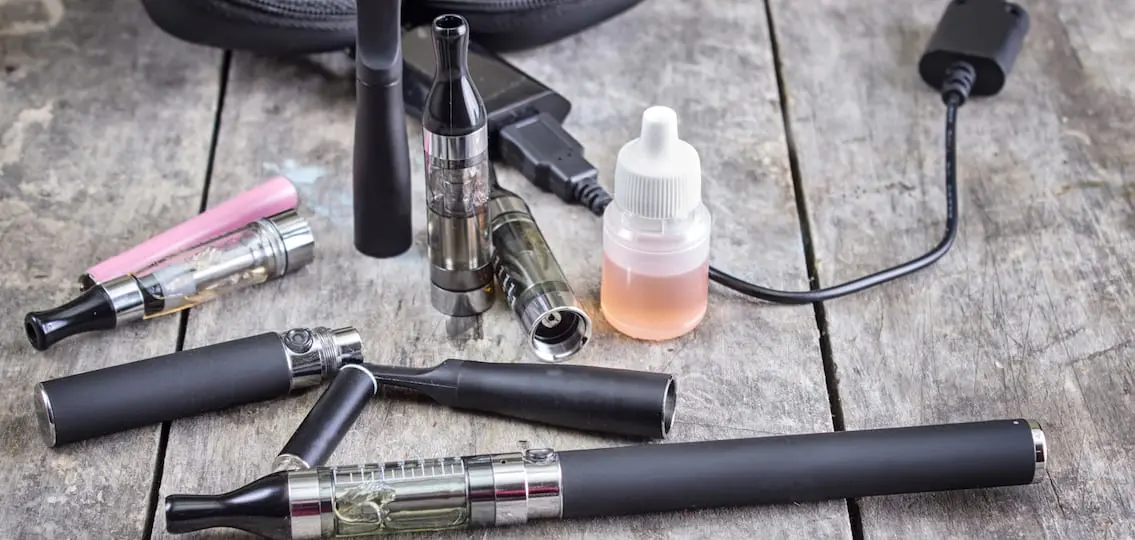
Original article posted on September 6th 2019.
Just when we thought we had a whole generation convinced that smoking was unhealthy and uncool, along came vaping.
Vaping Runs Rampant
Now, not a day goes by that we don’t hear from parents who are worried about this scourge affecting their teenagers. If you’re lucky enough to be unaware of this trend, vaping, or JUULing to use a popular brand name, refers to the practice of inhaling vapor from an e-cigarette device. This involves heating a liquid that can contain nicotine, marijuana, and any number of flavorings or additives containing a host of chemicals no one can pronounce.
Because vaping devices are easy to conceal, often no larger than a thumb drive, and they produce a quick puff of vapor that is difficult to detect, your kids will probably tell you they have seen others vaping in the bathrooms and hallways at school, and even right in their classrooms. Most of them think it’s safer than smoking, and many of them don’t understand the incredibly addictive properties of the nicotine they are inhaling.
But addiction to nicotine (or cannabis, if they are using it for that purpose) is not the only risk.
New Cause for Alarm
As reported by Lena H. Sun inThe Washington Post, a mysterious contaminant linked to vaping products is causing severe, and in some cases life-threatening, respiratory distress in hundreds of people across the country. In fact, multiple deaths have now been reported in several states due to vaping-related lung illness.
Here is what we know, according to the Washington Post’s report:
- Investigators have identified a chemical that seems to be common to the mysterious lung illnesses: it is an oil derived from vitamin E.
- Health officials say it is too early to know for sure whether this is causing the severe illnesses.
- Investigators at the U.S. Food and Drug Administration found the oil in cannabis products in samples collected from patients who fell ill.
- Vitamin E is not known to be harmful as a vitamin supplement or when applied topically. It has oil-like properties that when inhaled could cause the types of respiratory distress symptoms patients have reported, such as cough, shortness of breath, and chest pain.
- Authorities say no single vaping device or ingredient has been tied to all the illnesses. They are not ruling out other possible sources, including nicotine vaping products.
What Can Parents Do?
So let’s get this straight: we’re fighting a battle against an almost invisible enemy, and one that our kids think is relatively harmless. And we all know that telling our teenagers to “just say no” is not effective. (With apologies to Nancy Reagan, that was never the answer.)
If you’re worried that your teenager might be vaping, or tempted to try it, here’s what experts recommend:
1. Get your teen talking – and check your judgment at the door.
Steven Schroeder, M.D., director of the Smoking Cessation Leadership Center at the University of California San Francisco, recommends asking a few open-ended questions in a non-confrontational manner. Instead of coming right out with, “I think you might be vaping,” try starting with: “I hear a lot about vaping in the news. What do you think about it?” As a follow-up, maybe ask if they are seeing vaping at their school, or why they think it has become so popular.
2. Give them the facts.
Says Schroeder, “Many teens know cigarettes are bad for you but think vaping is inconsequential.” They may not realize that a JUUL pod contains as much nicotine as a full pack of cigarettes. Share with them what you know about the report on the recent cases of severe lung illnesses, saying: “I’m concerned about this because I think a lot of teens and adults don’t understand the risks they are taking with their health.” Emphasize that in addition to nicotine, there can be many other unknown and potentially harmful additives in vaping products. Vaping is known to negatively impact respiratory and oral health.
3. Provide support.
If you’re worried that your teenager may be addicted to vaping, offering education and support are your best tactics. This is Quitting, a smoking cessation program developed by Truth Initiative in collaboration with the Mayo Clinic, offers a texting program. Teens can enroll by texting ‘QUIT’ to 706-222-QUIT. The American Lung Association also offers education and cessation programs at lung.org.
4. Don’t go it alone.
Schroeder suggests enlisting the help of your teen’s pediatrician. “Just the authority of a pediatrician talking to a teen in the absence of his parents might be helpful,” he says. Your pediatrician may also be able to recommend a counseling or support group for your teen to attend.

While it may be cold comfort for parents to know they are not alone in this struggle, there is one good piece of news on the horizon: Michigan just became the first state to ban the sale of flavored e-cigarettes, a small step in the right direction. Hopefully, others will follow suit and better regulation, combined with education, will begin to turn the tide on this dangerous, and potentially deadly, trend.

